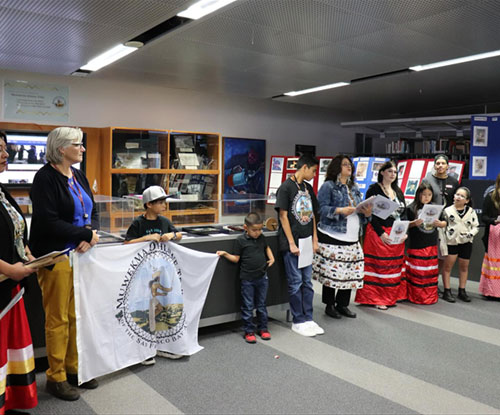Exploring the Definition of "Indigenous": Understanding Its Significance in Culture and Ecology
Exploring the Definition of "Indigenous": Understanding Its Significance in Culture and Ecology April 2024
According to the United Nations, there are more than 370 million people, spread across all continents, who either consider themselves as people who are indigenous to the land they live in or are identified as such by the authorities of those lands. These people are the descendants of the original inhabitants of a geographical region, who lived there before the arrival of people from different regions and with different cultures. The new arrivals, for a multitude of reasons, including settlement, occupation and conquest, became the dominant race/culture/people who then controlled the nation or area. Indigenous people are spread across the globe from North America to Australia and New Zealand. While in almost all cases, the original inhabitants of a country have, over time, integrated with the society of the settlers who arrived on their shores, most indigenous people have also retained social characteristics, customs, and religious beliefs that are different from the majority of the national population.

What It Means to Be Indigenous
According to the World Bank, indigenous people make up about 6% of the planet’s total population. However, they account for 19% of the extremely poor. Their life expectancy is up to 20 years less than that of non-indigenous people. They have little or no control over their lands and natural resources. They are often at the tail end of public investment in infrastructure and basic services. Their ability to participate in economic growth, the political process or even to enjoy access to equal justice is limited by multiple social, racial and political biases. This is as true of the U.S.A. as it is of other countries.
The World Bank says indigenous people occupy or use around 25% of the world’s surface area and are active in the conservation of 80% of the remaining biodiversity in the world. The forest lands under their stewardship absorb one-quarter of all the carbon we produce. Their ancestral knowledge is vital to the reduction of climate deterioration and mitigation of natural disasters.
Native Americans
The United States is one of the most developed countries on the planet. Citizens enjoy security, prosperity and freedom that the rest of the world is envious of. However, the Native American population, in common with indigenous people in other parts of the globe, has, in many ways been left behind in the national success story and even today, find themselves on the outside, looking in. While awareness of the social and economic deprivation of Native Americans is growing, action to redress the problems is still lagging far behind.
The Native American tribes who occupied North America before the arrival of the European settlers have, to an extent greater than other indigenous people, through various social, cultural, economic, and religious processes and impsoitions have integrated with the now majority population of European descent. However, that does not mean that they have forgotten or lost their ancestry, traditions, and culture. An example of this is the resilience of the Muwekma Ohlone community, which today partially consists of an integral part of the fabric of the U.S. (as in their service in the U.S. Armed Forces since WWI) but they still fully retain their identity, cultural and social roots. The Tribe’s contribution to the growth and strength of America is unquestionable, but sadly, respect, honor, and solidarity with the Muwekma Ohlone community is yet to be embraced by the dominant society (see https://www.muwekma.org/assets/pdf/Memorial-Day-Muwekma-Ohlone-Military-Service-Master-Updated-5-22-24.pdf)